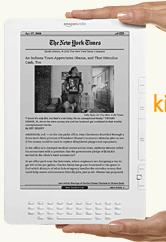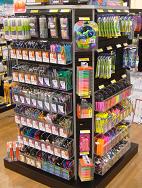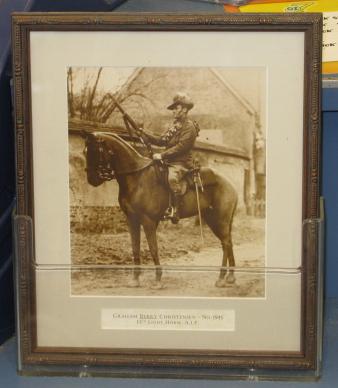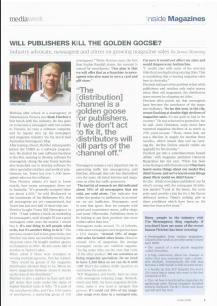Twitter is the social website of the year. The latest race for followers in proof of that. Kutcher was in a race with CNN to get to 1 million followers. The interest in this story is evidenced by the 1,500 news items accessible through Google about the race. Kutcher’s victory was announced by Oprah Winfrey on her TV show. On a side issue – MTV has a story asking whether Oprah joining the Twitter community is a tipping point to the end for Twitter.
Ashton Kutcher on Twitter Magazine was launched yesterday on Ulitzer. This is an online magazine offering live news and comments on Kutcher’s Twitter journey. At the Ulitzer page you can subscribe to updates for free.
CNN refers to Twitter regularly on its programs and is hailed as a pioneer in mainstream media on the use of Twitter.
The amazing growth of Twitter this year is relevant to newsagents because it reflects a significant shift in how gen x and gen y receive and pass on news and other information. Celebrities are embracing Twitter at a phenomenal rate. By tweeting on Twitter they are able to cut out middlemen and control more of their story. From a media company perspective, such as CNN, it is another distribution channel for content. In the US, content is delivered free by mobile phone. Here in Australia, you need a special app for your iPhone to get this.
I am not sure how we can use Twitter in our newsagencies. It could be a channel for promoting special deals. It could also be how we pass on story headlines to encourage people into the shop to buy a magazine – but that feels like a poor idea to me. One thing is for certain, if any newsagent does use Twitter, tweets need to be relevant to the newsagency – otherwise what is the commercial value?
Can we ignore Twitter? No! Our businesses were founded on being a news and information distribution channel. Twitter is a news and information distribution channel. The success of the race between Kutcher and CNN is a reminder that the core of our business model is changing. We need to embrace that. It is a terrific opportunity.
I have been a Twitter user since January 2008. I joined to see what was happening and to use it to publish anything I thought was newsworthy. How Twitter is used has changed significantly since then.
For those who don’t know much about Kutcher, he is an American actor, married to Demi Moore, creator and host of TV show Punk’d and star of a bunch of flms including Dude, Where’s My Car?, Just Married, The Butterfly Effect and The Guardian. He is also the co-creator of several other successful TV shows.
For more about Twitter, go to Wikipedia – also check out their definition for a Tweet.
LATER: Folio magazine reports that talk of Twitter and other social media sites dominated the Magazine Day conference held in News York this past week.





